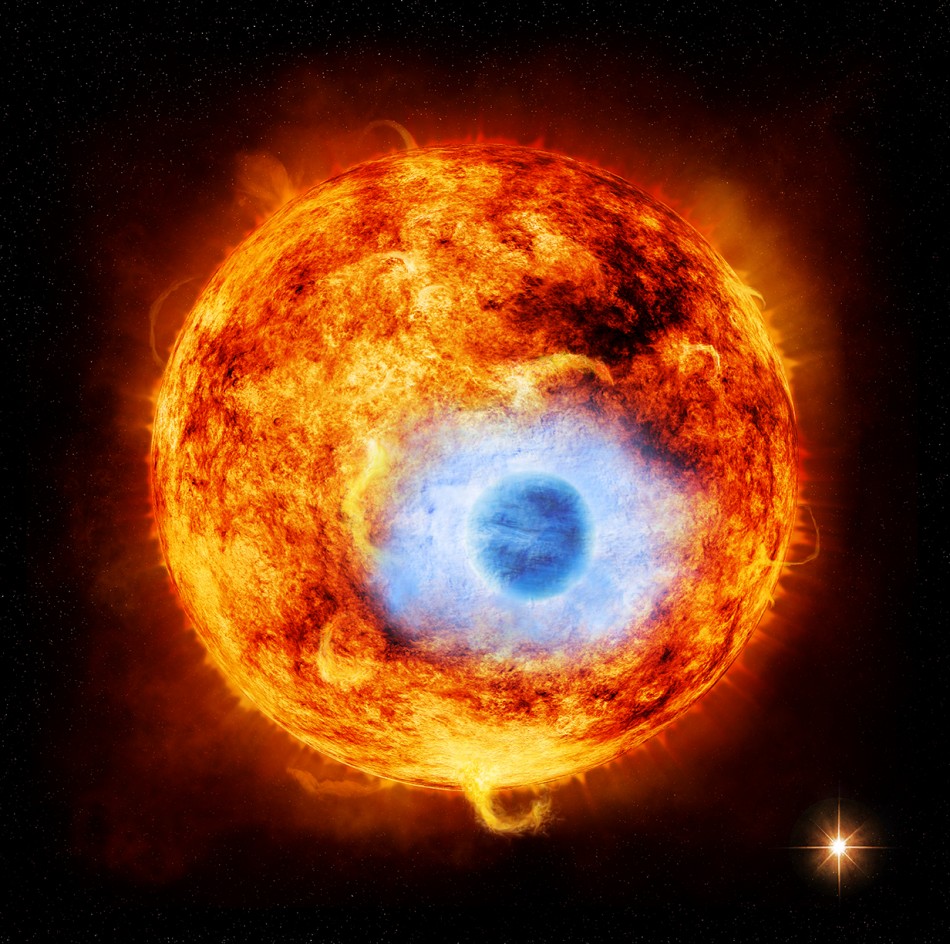Solar Eclipse Outside Solar System Caught on Lens for First Time [PHOTOS]
An eclipse that happened outside our Solar System has been recorded for the first time since the discoveries of planets in stellar systems other than the Sun's almost 20 years ago.
Nasa's Chandra X-ray Observatory has detected an exoplanet or extrasolar planet HD 189733 passing in front of its parent star, Nasa said in a statement while revealing the images of the phenomenon.
The X-ray image shows the blue-coloured planet eclipsing a Sun-like star as it orbits the star.
"Thousands of planet candidates have been seen to transit in only optical light. Finally being able to study one in X-rays is important because it reveals new information about the properties of an exoplanet," said Katja Poppenhaeger of Harvard-Smithsonian Center for Astrophysics (CfA) in Cambridge, Mass.
Planet HD 189733 is similar in size to Jupiter (so it is called hot Jupiter) and at a distance of 63 light years, it is the closest extrasolar planet to Earth. However, unlike Earth, this hot Jupiter is about 30 times closer to its star and orbits it once every 2.2 days. Earth, on the other hand, revolves around the Sun once in 365 days.
The latest data from Chandra X-ray further suggest that the planet has extra layers of atmosphere than previously thought.
"The extended atmosphere of this planet makes it a bigger target for high-energy radiation from its star, so more evaporation occurs," said Scott Wolk, also of CfA, adding that the parent star of HD 189733 may be evaporating the planet's atmosphere more quickly.
Below are the photos of the planet as it transits its star.


© Copyright IBTimes 2024. All rights reserved.







